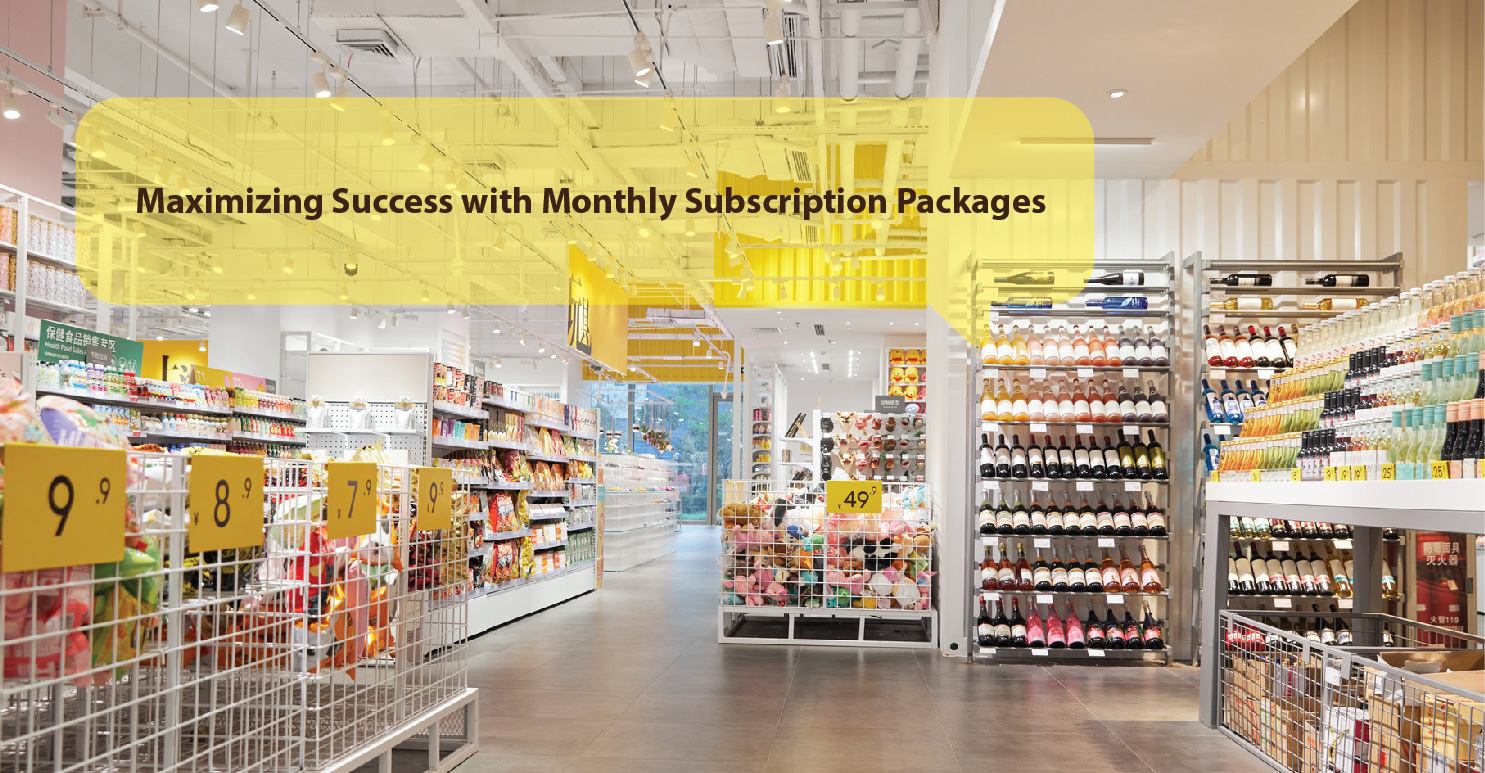In the realm of online shopping, return and exchange policies are crucial for fostering customer trust and satisfaction. With the convenience of purchasing items at the click of a button, shoppers expect flexibility when it comes to returns or exchanges. Understanding these policies can enhance your shopping experience and help you make informed decisions. Here’s a closer look at the various aspects of return and exchange policies on online shopping platforms.
1. The Importance of Clear Policies
A well-defined return and exchange policy is essential for any online retailer. It not only sets expectations for customers but also serves as a key differentiator in a competitive market. Shoppers are more likely to complete a purchase if they know they can return or exchange items easily. Clear policies build consumer confidence, encouraging them to try new products without the fear of being stuck with something that doesn’t meet their needs.
2. Typical Return Periods
Most online shopping platforms offer a specified return period, usually ranging from 14 to 60 days from the date of delivery. During this window, customers can return items for a full refund or exchange. Some retailers may extend this period during holidays or special sales events, which is a great incentive for shoppers looking for gifts.
It’s essential to read the fine print, as some items may have different return periods. For instance, electronics might have shorter return windows compared to clothing. Knowing these timelines can save you the hassle of dealing with returns outside the allowed period.
3. Conditions for Returns
Most platforms require items to be in their original condition for a return to be accepted. This typically means the product should be unused, with tags intact, and in the original packaging. Certain items, such as intimate apparel, perishables, and personalized products, often have stricter return policies or may be non-returnable altogether.
Some retailers also require a receipt or proof of purchase to process returns. It’s a good idea to keep order confirmations or receipts handy, especially for items purchased during sales.
4. Return Shipping Fees
When it comes to shipping items back to the retailer, policies can vary significantly. Some online platforms offer free return shipping, which is a major advantage for customers. However, others may deduct return shipping fees from the refund amount. It’s important to check whether you’ll be responsible for return shipping costs before making a purchase.
Some retailers provide prepaid shipping labels, making returns more convenient. If you’re required to pay for return shipping, compare this cost against the value of the item you’re returning to determine if it’s worth it.
5. Exchanges Made Easy
Exchanging items is another aspect of online shopping policies that can differ widely. Some platforms allow you to exchange items directly, while others require you to return the original item and place a new order for the desired product. This can be less convenient, especially if the item you want is in high demand or if you’re pressed for time.
Platforms that simplify exchanges by allowing you to choose a new item during the return process enhance the customer experience. This streamlined approach can save time and make the process less frustrating.
6. Customer Support and Assistance
Many online retailers offer customer support to assist with return and exchange processes. Whether it’s through live chat, email, or phone support, having access to help can make the experience smoother. If you have questions about the return policy or need assistance with a return, don’t hesitate to reach out to customer service.
Conclusion
Navigating return and exchange policies is an integral part of online shopping. By understanding the key elements—such as return periods, conditions, shipping fees, and exchange processes—you can shop with confidence. Always take the time to review the return policy before making a purchase, as this knowledge can save you time and frustration down the line. In the ever-evolving world of e-commerce, a favorable return and exchange policy can turn a one-time buyer into a loyal customer.









